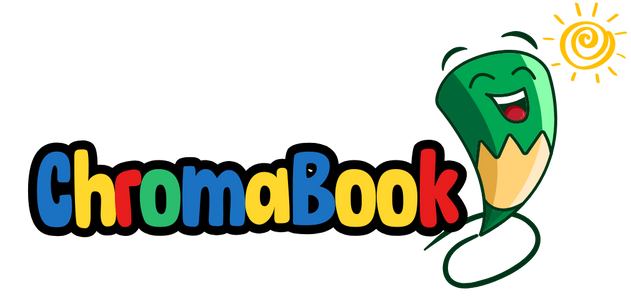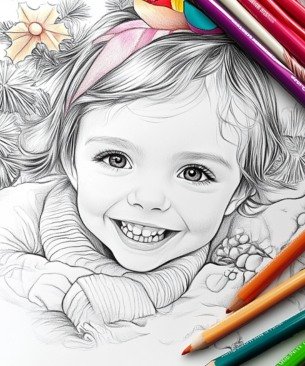The Science-Backed Health Benefits of Coloring for Adults (Infographic)
Coloring isn’t just for kids anymore. The benefits of coloring for adults include lower stress, improved sleep, and a powerful boost in creativity. In fact, research shows that adult coloring books can provide a calming, screen-free way to relax after busy days. But it doesn’t stop there—the benefits of coloring for students range from sharper focus and better concentration to healthier ways of coping with anxiety, while the benefits of coloring for kids include developing fine motor skills, patience, and problem-solving. Whether you’re exploring the benefits of coloring books for adults, encouraging mindful breaks for children, or simply seeking the proven benefits of coloring books in everyday life, this infographic highlights why coloring is such an effective tool for wellness, learning, and creativity.

📌 Share This Infographic
Copy and paste the code below to add this infographic to your website:
Text Version of the Infographic
🧘 Mental Health Benefits
Lowers anxiety
Improves sleep
Benefits overall mental health
Reduces stress
🧠 Cognitive & Brain Benefits
Improves focus and concentration
Boosts problem-solving skills
Enhances brain function
Encourages mindfulness
🎨 Creativity & Emotional Benefits
Boosts creativity
Provides a sense of accomplishment
Offers a creative outlet
Nurtures your inner artist
✋ Physical & Motor Skills
Improves fine motor skills
Exercises the mind
Creates a meditative state
Supports relaxation through action
Download & Share
Final Thought
Coloring is more than just an art activity — it’s a powerful tool for stress relief, mindfulness, and creativity. Current scientific studies show that spending around 20 minutes coloring can significantly reduce stress and anxiety. In fact, research suggests that a single session with complex patterns like mandalas or plaid designs can improve relaxation in adolescents, college students, and older adults alike. Whether you’re winding down after a long day, encouraging kids to focus, or simply taking a mindful break, coloring is a proven, screen-free way to reset your mind and nurture your well-being.
👉 Explore our Free Coloring Pages Library and start your screen-free creative journey today.
Frequently Asked Questions About Coloring Benefits
Research suggests that just 20 minutes of coloring (especially structured designs like mandalas) can significantly reduce anxiety compared to a control activity.
Yes. Multiple studies show that coloring can lower cortisol levels and bring calm, particularly when focusing on repetitive, structured patterns.
Coloring isn’t a replacement for meditation, but it can induce a similar meditative state — slowing breathing, focusing attention, and quieting racing thoughts.
Structured patterns such as mandalas or geometric designs tend to be most effective. The repetition and symmetry help quiet the mind more than free-form drawing.
Not at all. The benefits come from the process of coloring, not the artistic outcome. Anyone can use it as a relaxation tool.
Yes. Coloring before bedtime can help reduce racing thoughts and transition the brain into a calmer state, which supports better sleep quality.
Yes. Coloring requires sustained attention and fine motor control, which can sharpen focus and train the brain to concentrate for longer periods.
Coloring stimulates the creative side of the brain, allowing self-expression, idea flow, and a sense of accomplishment — even if you’re following pre-drawn designs.
Yes. The fine motor movement of coloring engages the brain in precision, coordination, and problem solving, making it a beneficial exercise for both children and adults.
Coloring has been shown to reduce symptoms of anxiety and depression, promote mindfulness, and provide an accessible, low-cost form of self-care.
The stress-relieving benefits are immediate (within minutes). Long-term benefits like improved focus and emotional regulation come from regular practice.
Adults seeking stress relief
Students needing better focus
Seniors looking to maintain cognitive health
Therapists and educators using it as a mindfulness tool
Each tool has unique benefits. Coloring is particularly effective for visual learners or people who struggle with traditional meditation. It’s not “better,” but it’s a valuable alternative.
Yes. In fact, coloring has been studied as a supportive tool for individuals with anxiety, PTSD, and ADHD, as it encourages focus and emotional regulation.
A randomized controlled study found that 20 minutes of coloring mandalas significantly reduced anxiety compared to controls (PMC study link). This supports the claim that even short sessions are effective.
Coloring helps reduce stress, lower anxiety, improve focus, boost creativity, and provide a calming mindfulness practice.
Yes. Coloring stimulates the creative centers of the brain, encouraging imagination and artistic expression even when using pre-drawn designs.
Coloring develops fine motor skills, hand-eye coordination, concentration, patience, and the ability to follow patterns.
Yes. Studies show coloring can lower anxiety, improve mood, and promote mindfulness — making it beneficial for mental and emotional health.
Coloring supports fine motor control, focus, problem solving, color recognition, and planning skills.
Coloring shares similarities with art therapy but isn’t the same. Art therapy involves a licensed therapist guiding creative expression, while coloring is a self-help tool for relaxation.
Yes. Coloring engages visual, tactile, and sometimes auditory senses (sound of pencil or marker), making it a calming sensory experience.
Yes. Coloring requires present-moment focus, repetitive motion, and attention to detail, which are all aspects of mindfulness practice.
Coloring can help people with ADHD improve focus and regulate emotions by providing a structured, calming activity.
Coloring is often used as a form of art-based therapy or expressive therapy, but when done independently it is considered a relaxation or mindfulness activity rather than formal therapy.
Yes. Coloring is a grounding activity because it directs attention to the present moment, helps regulate emotions, and reduces stress.
Yes. Coloring activates both sides of the brain — logical planning (colors, patterns) and creativity (expression, imagination).
You Might Also Love...
Free Printables
Visit our full collection of free printable coloring pages - always growing!
Coloring Books
Animals, affirmations, holidays & more - perfect for every age.
About Chromabook
Learn why we believe in creativity, calm and connection - one color at a time.

READY, SET,
DOWNLOAD!
What do you need for the next Screen-Free Moment?
Free Giveaway!
Coloring Books, Worksheet & More.
Sign up to our Newsletter for a Free Giveaway!











